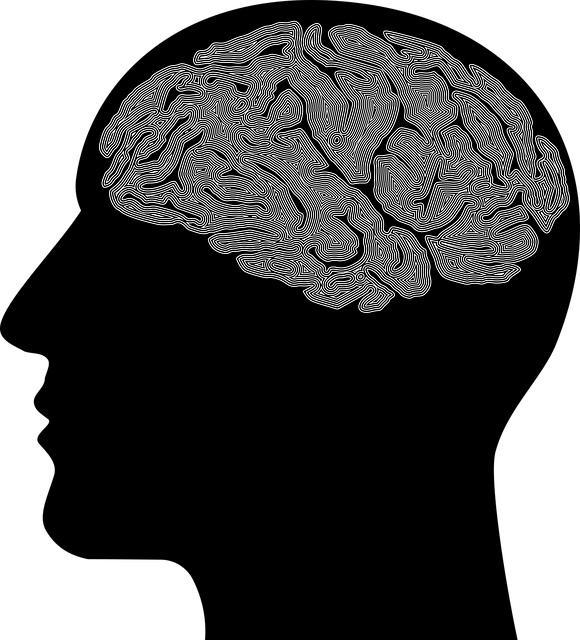Mindfulness meditation is a transformative practice for individuals with autism spectrum disorder (Broomfield Autism Spectrum Disorder Therapy), offering emotional healing and improved well-being. By cultivating present-moment awareness, individuals learn to observe thoughts and feelings without impulsive reactions, fostering calm and self-regulation. A dedicated, quiet home space enhances the benefits of mindfulness meditation, which can include stress management, boosted self-esteem, and better emotional regulation. Techniques like breath awareness and body scans maximize its advantages, as highlighted in popular podcast series.
“Unwind your mind and embrace tranquility with mindfulness meditation, a powerful tool in Broomfield Autism Spectrum Disorder (ASD) therapy. This practice aims to enhance focus, reduce stress, and foster self-awareness. In this comprehensive guide, we’ll explore how mindfulness can transform lives. From understanding its benefits for ASD individuals to setting up a calming home practice, you’ll discover techniques to make every meditation session meaningful. Learn tips to stay grounded, manage emotions, and unlock the potential of mindfulness as a therapeutic companion.”
- Understanding Mindfulness Meditation for Broomfield Autism Spectrum Disorder Therapy
- Setting Up a Successful Mindfulness Practice at Home
- Techniques and Tips for Effective Mindfulness Meditation Sessions
Understanding Mindfulness Meditation for Broomfield Autism Spectrum Disorder Therapy

Mindfulness meditation is a powerful tool within the realm of Broomfield Autism Spectrum Disorder Therapy. By focusing on the present moment and cultivating non-judgmental awareness, individuals with autism can navigate their emotional healing processes more effectively. This practice encourages them to observe thoughts and feelings without reacting impulsively, fostering a sense of calm and self-regulation.
Incorporating mindfulness into therapy supports not only emotional well-being but also boosts confidence. It enables individuals to develop a deeper understanding of their unique experiences, leading to improved coping strategies. Furthermore, trauma support services can benefit from mindfulness meditation as it helps process past traumas, promoting resilience and overall mental health for those on the autism spectrum.
Setting Up a Successful Mindfulness Practice at Home

Creating a dedicated space at home for mindfulness meditation can significantly enhance your practice and overall well-being. Start by setting aside a quiet area, free from distractions and clutter. This could be a corner of your bedroom or a small study—any place where you feel comfortable and safe. Ensure the environment supports relaxation; consider adding soft lighting, comfortable seating, and perhaps some calming decor like plants or artwork that brings you peace.
Establishing a consistent routine is key to success. Choose a time each day when you can commit to practicing mindfulness. For those with busy schedules, even 10-15 minutes can make a difference. Start small and gradually increase the duration as you build your practice. Regularity is more beneficial than prolonged sessions sporadically. Remember, consistency is crucial for managing stress, improving self-esteem, and fostering emotional regulation, especially for individuals navigating autism spectrum disorder (Broomfield Autism Spectrum Disorder Therapy).
Techniques and Tips for Effective Mindfulness Meditation Sessions

Mindfulness meditation is a powerful tool for improving mental wellness, especially beneficial for individuals navigating Broomfield Autism Spectrum Disorder Therapy. To maximize the benefits, it’s crucial to employ effective techniques and tips during sessions. One key technique is focusing on your breath—notice its rhythm, depth, and movement without judgment. This simple act anchors you in the present moment, fostering a deeper sense of calm and awareness.
Additionally, incorporating body scans can enhance mindfulness. Mentally move your attention from one part of your body to another, observing sensations as they arise. This practice not only improves self-awareness but also facilitates conflict resolution techniques by helping you recognize physical cues related to stress or tension. Regularly integrating these practices into your meditation routine can significantly contribute to overall Stress Management and mental wellness, as exemplified in the popular Mental Wellness Podcast Series Production.
Mindfulness meditation, as a component of Broomfield Autism Spectrum Disorder (ASD) therapy, offers individuals valuable tools to enhance their emotional well-being and manage stress. By setting up a successful practice at home, using accessible techniques, and incorporating consistent tips, individuals on the ASD spectrum can experience profound benefits. These include improved focus, increased self-awareness, and enhanced emotional regulation skills. Through regular mindfulness meditation sessions, one can navigate life’s challenges with greater clarity and inner peace.














